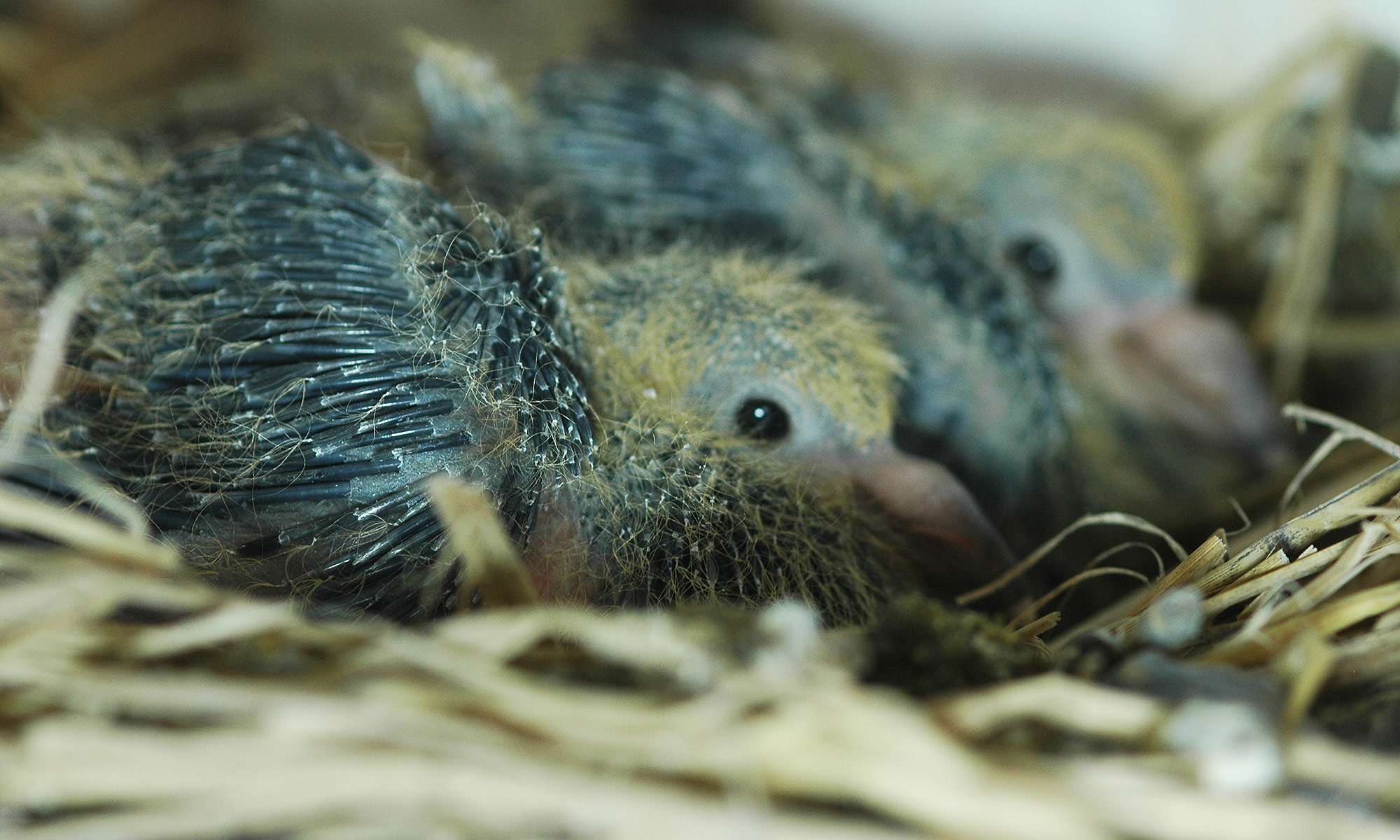
How Wind Affects Homing Pigeon Races: Insights from the Barcelona Race One of the most fascinating aspects of long-distance pigeon racing is how wind patterns influence the outcome. A great example is the famous Barcelona Race, where pigeons are released in Spain and must return to their lofts in northern Europe, including Belgium, the Netherlands, Germany, the UK, and Austria.
The Impact of Wind on Return Patterns Experienced pigeon fanciers have observed that wind direction significantly affects which countries see returning pigeons first. For example: - When the wind blows from west to east (westerly winds), pigeons tend to return first to Germany and other eastern locations.
- When the wind blows from east to west (easterly winds), pigeons reach western regions like the UK first, though crossing the sea makes it more challenging.
This suggests that pigeons don’t simply fly in a straight line to their home lofts. Instead, they adapt to wind conditions, using favorable currents to conserve energy and optimize their flight path.
The Effect of Tailwind and Headwind on Speed Wind direction not only influences the return pattern but also significantly impacts pigeon speed:- Tailwind (wind blowing from behind) helps pigeons fly much faster, sometimes dramatically increasing their velocity per minute.
- Headwind (wind blowing against them) slows them down, making it harder to maintain high speeds.
This is why races with strong tailwinds often result in exceptionally high velocities, while those with strong headwinds can make even short races challenging.
The 2016 Barcelona Race Example A real-world example of these effects was observed in the 2016 Barcelona Race. In that year, a combination of westerly winds and heavy rainfall across Western Europe played a crucial role in determining the race outcome. As a result: - Germany secured the International victory, followed by Belgium and the Netherlands.
- All these top pigeons returned on Sunday morning.
- The first UK pigeon, however, did not return until Monday morning.
This case further highlights how both wind and weather conditions influence race results, sometimes favoring certain regions over others.
Do Earth’s Rotation and Coriolis Effect Matter? Some may wonder whether Earth's rotation plays a role in pigeon racing. Since the Earth rotates from west to east, would that affect the actual distance pigeons travel? In reality, because pigeons fly within the atmosphere, they move with the Earth’s rotation rather than against it. The primary factor influencing their flight path is not the rotation itself but rather the wind and weather conditions at different altitudes. Additionally, while the Coriolis effect does influence large-scale atmospheric movements, it has negligible impact on a pigeon’s flight over a 1000 km race.
How Pigeons Navigate Wind Conditions Homing pigeons are remarkable navigators, using multiple environmental cues such as: - Wind patterns: Adjusting their flight to ride tailwinds or avoid strong headwinds.
- Geographical landmarks: Mountains, coastlines, and rivers help guide their route.
- Sun and magnetic fields: These help pigeons maintain their orientation over long distances
Conclusion The case of the Barcelona Race demonstrates how pigeons don’t just follow a direct path home but instead take advantage of wind currents to improve their efficiency. While Earth’s rotation doesn’t directly affect their flight path, wind plays a crucial role in determining which locations receive returning pigeons first. Additionally, tailwinds can drastically increase pigeon speed, while headwinds can significantly slow them down. | 
